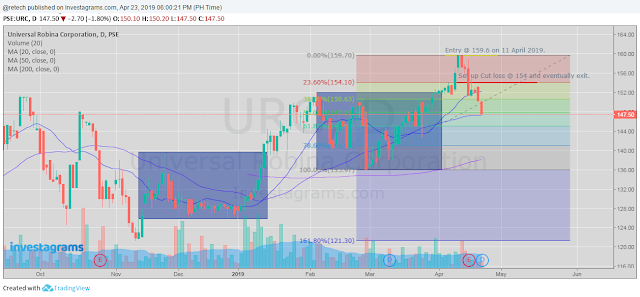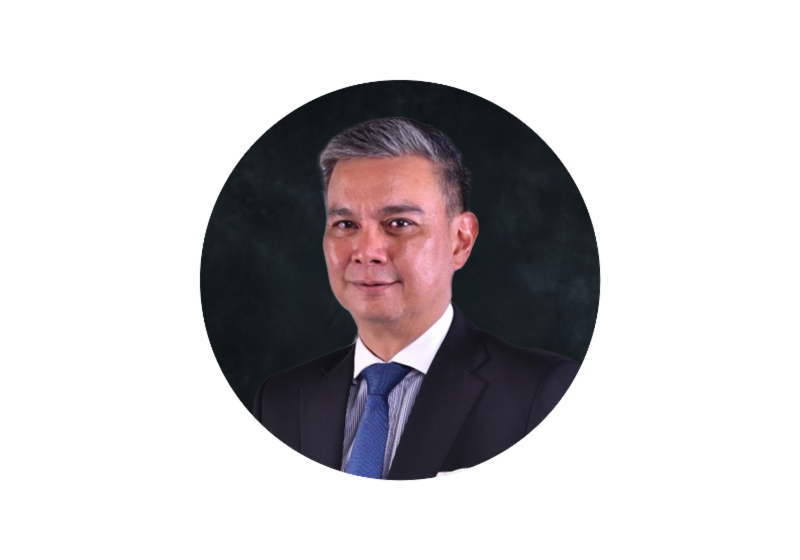Happy New Year mga Kababayang OFWs!!!
May the New Year bring to you and your family back home the love, and a light to guide you.
As the new year comes with all the happiness and good tidings, hope the joyful spirit keeps glowing in your heart forever.
As this year ends, I wish all the negativity and difficulties also end. May 2020 bring success and desired results for you.
This coming new year, I will be updating frequently this blog with more posts and updates. I will provide updates too of my progress with the"Save 10% from your salary challenge."






 For some strange reason, many investors line-up to buy IPO’s. Di makatulog kakahintay makakuha ng shares. Alam ba talaga nila binibili nila?
For some strange reason, many investors line-up to buy IPO’s. Di makatulog kakahintay makakuha ng shares. Alam ba talaga nila binibili nila?






















